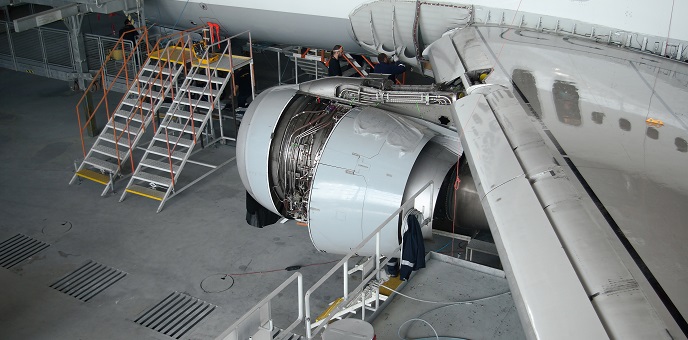Related to the need for an Aircraft Maintenance Program (AMP) the initial maintenance program which is produced by the operator is highly dependent on the Maintenance Planning Document. (MPD)
The initial scheduled maintenance tasks and intervals are typically specified in the relevant Maintenance Review Board (MRB) Reports. The operator is obliged to generate their own maintenance program based on requirements of MRB Report and certification requirements and to comply with all applicable local regulatory requirements.
MSG-3 is used by the MRB working groups to enable the development of the initial scheduled maintenance. The remaining maintenance, that is, non-scheduled or non-routine, consists of maintenance actions to correct discrepancies noted during scheduled maintenance tasks, other non-scheduled maintenance, normal operation, or data analysis
The operator’s maintenance program shall be approved by the local regulatory authority.
Maintenance Planning Document (MPD)
The MPD contains all the requirements for the initial maintenance schedule of a specific aircraft. Additionally, It serves as a reference for the development of an optimised aircraft maintenance program by the operator.
The initial workload distributions as identified within the MPD is not optimised throughout the operational life of the aircraft and potentially provides the operator with the opportunity to optimise the program to deliver economic benefits.
The major challenge being to optimise the efficiency of the available manpower
Type Certification (TC) and Maintenance Review Board (MRB)
When a new aircraft is introduced into service, all the initial scheduled maintenance requirements are determined though two different processes: the Type Certification (TC) and Maintenance Review Board (MRB) process.
Through the TC process, maintenance requirements are derived to ensure that the design of the aircraft satisfies the safety levels required.
These requirements are contained in the Airworthiness Limitation Section (ALS) which includes:
– The Safe Life Airworthiness Limitation Items (document on the life limited parts);
– The Damage Tolerant Airworthiness Limitation Items (ALI document for structures);
– The Certification Maintenance Requirement document (for systems);
– The Ageing Systems Maintenance document (ASM);
– The Fuel Airworthiness Limitations document (FAL).
Each of these documents needs to be approved independently.
Through the MRB process, the manufacturers, the operators, the vendors, the authorities and the industry work together in the development of the initial scheduled inspection requirements for the aircraft and the power plants. These minimum scheduled requirements are specified in the Maintenance Review Board Report (MRBR) which also results from the MSG-3 method.
There are 3 main groups involved in the process of creating and updating the MRBR:
– The Maintenance Review Board (MRB): the organisation that is responsible for the final approval of all the initial scheduled maintenance tasks for a particular aircraft. Its members are representatives of operators, manufacturers (of airframe and engine) and regulatory authorities.
– The Industry Steering Committee (ISC): its members include a select number of representatives for both operators and manufacturers. They are responsible for the activities involved in the development of scheduled maintenance, such as the determination of policies, goals etc. and the preparation of the final recommendations for the MRB.
– The Maintenance Working Groups (MWG): these include maintenance specialists from regulatory authorities, operators and equipment manufacturers. Their purpose is to apply the MSG-3 logic in order to propose maintenance tasks and intervals for a particular aircraft.
Sofema Aviation Service (SAS) www.sassofia.com and SofemaOnline (SOL) www.sofemaonline.com provide both classroom and online training providing EASA Compliant Regulatory and Vocational Training Course. For details please see the websites or email office@sassofia.com or online@sassofia.com
Tags:
Aircraft Maintenance Program, Assessment Criteria, Maintenance Standards




